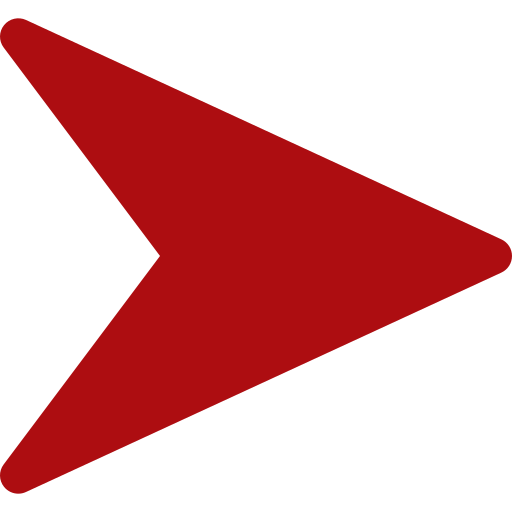Accounting Practice
Vietnamese Accounting Practice
Vietnam does not follow the Generally Accepted Accounting Principles (GAAP) used in the United States. Instead, Vietnam has own set of accounting standards known as Vietnamese Accounting Standards (VAS). Here’s an overview of the accounting practices in Vietnam and how they align with or differ from GAAP

Vietnamese Accounting Standards (VAS)
- Development and Regulation
- VAS are developed and issued by the Ministry of Finance (MoF) of Vietnam.
- The standards are based on International Financial Reporting Standards (IFRS) but have been adapted to fit the local economic, legal, and business environment.
- Scope and Application
- VAS applies to all enterprises established and operating in Vietnam.
- The standards cover various aspects of accounting, including financial reporting, inventory valuation, revenue recognition, and more.
- Compliance
- Companies in Vietnam are required to prepare their financial statements in accordance with VAS.
- Auditors in Vietnam also follow VAS when auditing the financial statements of companies.

Differences Between VAS and GAAP
While VAS is influenced by IFRS, it still has significant differences from both IFRS and GAAP. Here are some key differences:
- Revenue Recognition
- Under VAS, revenue is recognized when it is probable that economic benefits will flow to the entity and the revenue can be reliably measured.
- GAAP has more detailed guidelines for revenue recognition, often requiring revenue to be realized and earned.
- Financial Instruments
- VAS has limited guidance on the classification and measurement of financial instruments compared to GAAP.
- GAAP provides extensive rules and standards on how financial instruments should be accounted for.
- Consolidation of Financial Statements
- VAS requires consolidation of financial statements for parent and subsidiary companies but has different criteria for control compared to GAAP.
- GAAP provides specific rules on consolidation, including detailed guidelines on variable interest entities (VIEs).
- Inventory Valuation
- VAS allows the use of FIFO (First-In, First-Out) or weighted average cost methods for inventory valuation.
- GAAP also permits LIFO (Last-In, First-Out), which is not allowed under VAS.
- Presentation of Financial Statements
- VAS specifies the format and content of financial statements, which can differ from GAAP requirements.
- GAAP has specific requirements for the presentation and disclosure of financial statements, including extensive footnote disclosures.

Transition to IFRS
Ongoing Efforts: Vietnam is in the process of transitioning towards adopting IFRS to enhance transparency and attract foreign investment. Timeline: The Ministry of Finance has planned a roadmap for this transition, with voluntary adoption for certain enterprises starting from 2022 and mandatory adoption expected by 2025 for public interest entities and large enterprises.

Vietnamese Value Added Tax (VAT)
VAT is a tax added to goods and services at each stage of production and distribution (value added creation). It is ultimately paid by the final consumer but collected at each stage of the supply chain.
Vietnam operates a multi-tier VAT system with different rates depending on the type of goods or services. The current VAT rates are:
Standard Rate: 10% – This rate applies to most goods and services.
Reduced Rate: 5% – Applicable to essential goods and services such as water supply, teaching aids, medical equipment, and books.
Zero Rate: 0% – Applied to exported goods and services, international transportation, and certain services related to credit and insurance.

VAT Registration
Who Needs to Register?
Businesses and individuals engaged in the production and trading of goods and services are subject to VAT in Vietnam and must register for VAT. This includes:
- Enterprises established under Vietnamese law.
- Foreign entities with a permanent establishment in Vietnam or that provide goods and services to Vietnam without a permanent establishment.

VAT Compliance
Invoicing
Businesses must issue VAT invoices for all taxable transactions. Invoices should include: Seller’s and buyer’s information; Invoice number and date; Description of goods or services; Quantity and unit price; Total amount before VAT; VAT amount and rate.
Filing and Payment
- Filing Frequency: VAT returns must be filed monthly or quarterly, depending on the annual revenue of the business.
- Due Date: Monthly returns are due by the 20th day of the following month, while quarterly returns are due by the 30th day of the first month following the quarter.
- Payment: VAT payments should accompany the filing of returns.
VAT Deductions
Businesses can deduct input VAT (VAT paid on purchases) from output VAT (VAT collected on sales), provided they have valid VAT invoices and comply with the conditions set by the tax authorities.
Refunds
VAT refunds are available in certain cases, such as: Exporters with input VAT exceeding output VAT; New investment projects; Overpayment due to administrative errors.

Special Considerations for Foreign Businesses
Import VAT
Foreign businesses importing goods into Vietnam must pay import VAT. The rate is generally 10%, but it can vary depending on the type of goods.
Cross-Border Services
Foreign entities providing services to Vietnamese businesses are subject to VAT at the standard rate of 10%, with the Vietnamese company responsible for withholding and remitting the VAT.
Tax Treaties
Vietnam has entered into various tax treaties with other countries, which can affect the VAT treatment of certain transactions.
Products Exempt from VAT
Some products and services are exempt from VAT. These exemptions generally aim to promote specific sectors or address social concerns.
VAT-Exempt Products
Agricultural products: Products in their raw form produced by organizations, households, and individuals in Vietnam, or imported, such as crops, livestock, poultry, seafood, and other aquatic products.
Unprocessed forest products: Unprocessed logs, timber, firewood, bamboo, rattan, and other forest products; Fishing boats and equipment for fishermen
VAT-Exempt Services
- Healthcare services: Medical examination and treatment, preventive medicine, and other medical services.
- Educational services: Tuition fees for schools and educational institutions, vocational training services.
- Banking and financial services: Loan interest, credit provision, and securities trading.
- Insurance services: Life insurance, health insurance, and reinsurance.
- Transfer of land use rights